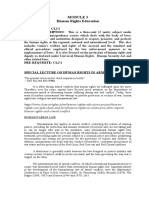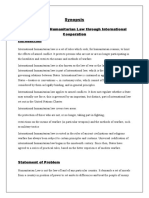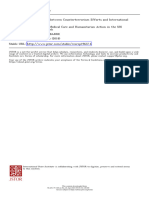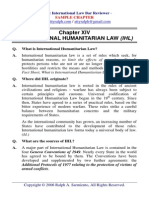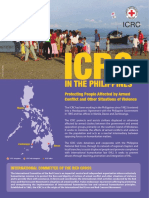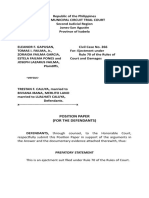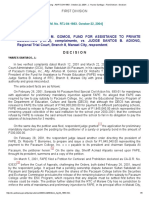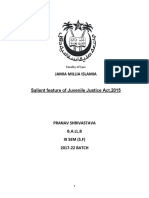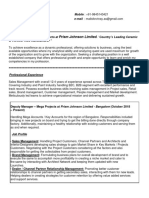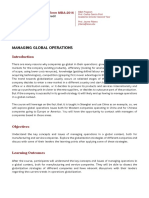100% found this document useful (1 vote)
144 views6 pagesImplementation and Enforcement of IHL
The document discusses international humanitarian law and the role of various organizations in its implementation and enforcement. It describes the International Committee of the Red Cross's (ICRC) role in maintaining and disseminating the Fundamental Principles of the Movement during armed conflicts. This includes working to ensure faithful application of international humanitarian law, protecting and assisting victims, operating the Central Tracing Agency, training medical personnel, and preparing any developments to international humanitarian law.
Uploaded by
Rae DarCopyright
© © All Rights Reserved
We take content rights seriously. If you suspect this is your content, claim it here.
Available Formats
Download as PPTX, PDF, TXT or read online on Scribd
100% found this document useful (1 vote)
144 views6 pagesImplementation and Enforcement of IHL
The document discusses international humanitarian law and the role of various organizations in its implementation and enforcement. It describes the International Committee of the Red Cross's (ICRC) role in maintaining and disseminating the Fundamental Principles of the Movement during armed conflicts. This includes working to ensure faithful application of international humanitarian law, protecting and assisting victims, operating the Central Tracing Agency, training medical personnel, and preparing any developments to international humanitarian law.
Uploaded by
Rae DarCopyright
© © All Rights Reserved
We take content rights seriously. If you suspect this is your content, claim it here.
Available Formats
Download as PPTX, PDF, TXT or read online on Scribd
/ 6



